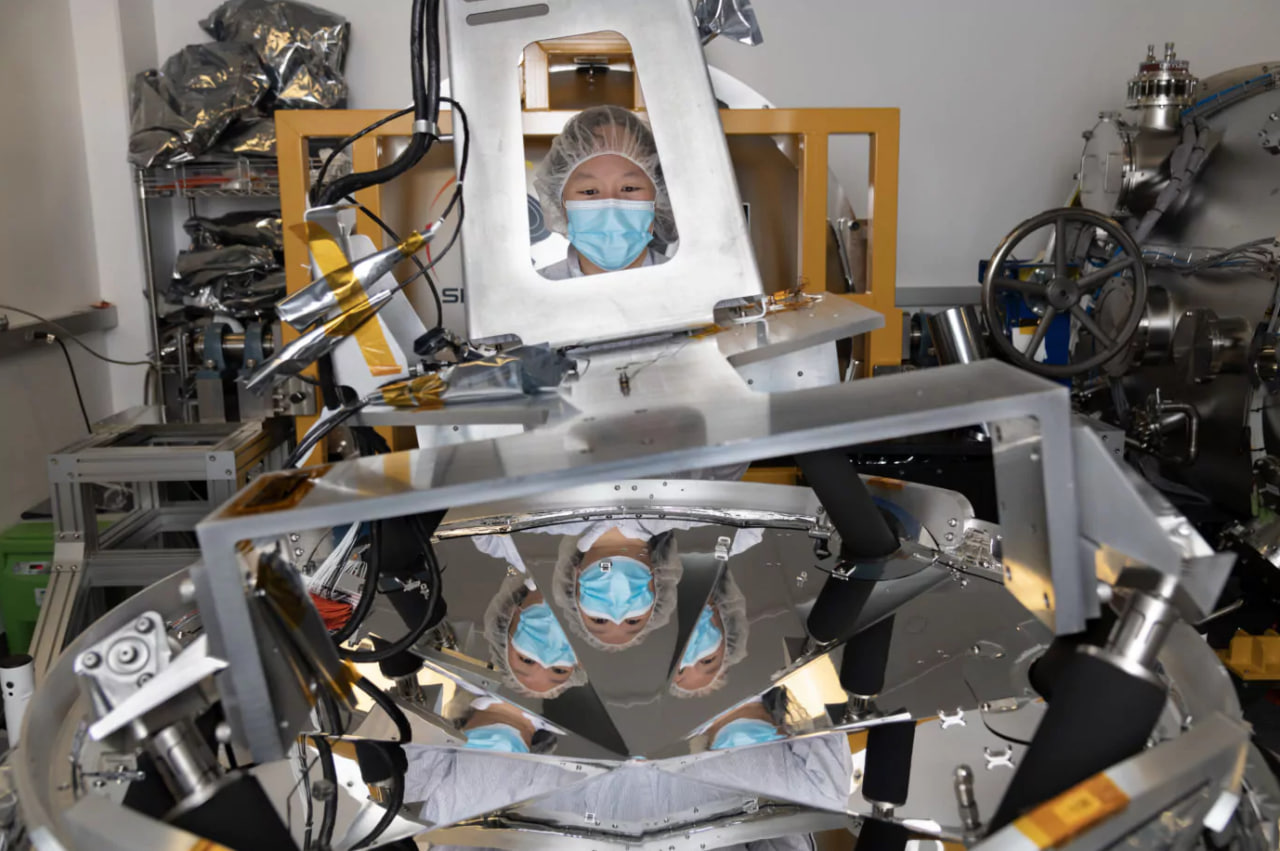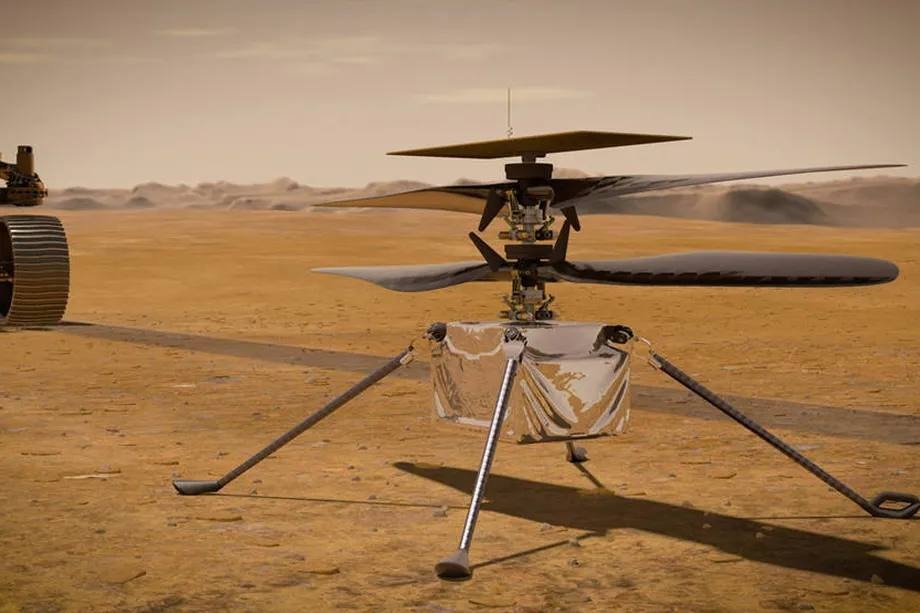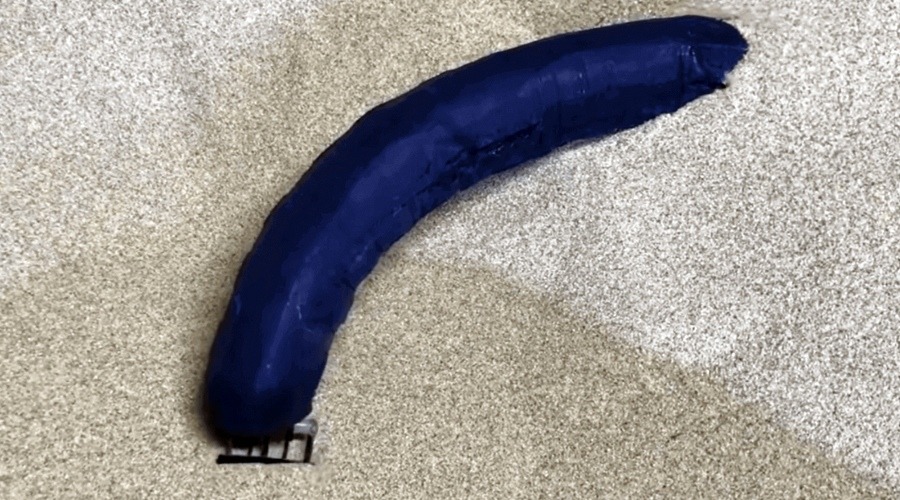NASA is preparing to launch a new infrared telescope called SPHEREx (Spectro-Photometer for the History of the Universe, Epoch of Reionization and Ices Explorer) in 2025 to study the origins of water and life in the universe.
Currently being assembled in a clean room at NASA's Jet Propulsion Laboratory, the 2.6 x 3.2 meter SPHEREx has a unique megaphone shape thanks to cone-shaped shields that will protect it from solar glare in orbit. Keeping SPHEREx extremely cold below -210°C is vital for detecting faint infrared signals from space.
SPHEREx's main scientific goals are understanding how water and other ingredients for life spread through interstellar space, charting the growth of galaxies over cosmic history, and finding new clues to the universe's inflation after the Big Bang. It will accomplish this by surveying millions of galaxies in infrared light.
At the heart of SPHEREx is a telescope tilted to maximize sky coverage, feeding light to six detectors through color filters that isolate specific infrared wavelengths. This spectroscopy will reveal the unique infrared signature of each observed celestial object.
The telescope was built by Ball Aerospace and recently shipped to Caltech for instrument integration. Vibration testing at JPL verified its stability for launch conditions. Further checkouts will ensure the optics stay focused.
SPHEREx's unique protective sunshields and V-shaped radiator keep the optics and instruments frigid while funneling heat out to space. This optimized thermal design is critical for infrared performance.
By 2025, SPHEREx will start its survey to trace the origin and history of essential compounds for biology, chart galactic evolution over 90% of cosmic time, and probe inflation in the infant universe. Its infrared eyes will offer an unprecedented view into these enduring astronomical mysteries.


















